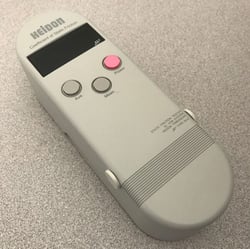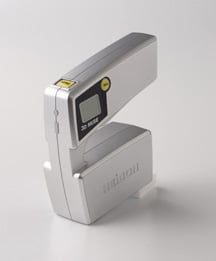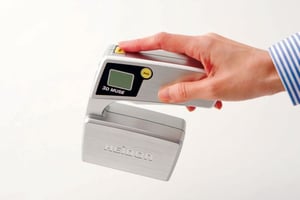 Whether the common consumer realizes it or not, metal forming is something that impacts almost every part of their life. Of course, manufacturers use metal to build things like planes, trains, and automobiles that we use for travel and transport of goods, but it’s also used in nearly every room at home and at work.
Whether the common consumer realizes it or not, metal forming is something that impacts almost every part of their life. Of course, manufacturers use metal to build things like planes, trains, and automobiles that we use for travel and transport of goods, but it’s also used in nearly every room at home and at work.
Metal forming is a fabrication process in which manufacturers create a range of structural parts and various components from metal sheets or tubing, bending or otherwise deforming a piece of metal into its desired shape. As stated by metal fabrication and forming experts, “In many ways, metal forming is not only the foundation of modern industrial manufacturing but a vital industry of and in itself,” going on to share that metal forming calls for hundreds of millions of tons of raw material each year, adding somewhere around 15 to 20 percent to the GDP of many industrialized nations.
Because it is such an essential part of every aspect of our lives, metal forming processes must go off without a hitch. Friction testers are a vital part of monitoring and maintaining the proper conditions for quality products that manufacturers and consumers alike can rely on.
The Role of Friction in Metal Forming
IntechOpen recently shared information from its volume, Tribology of Machine Elements, detailing the important role friction plays in both the success and failure of metal forming and manufacturing. Much has been studied and written about this phenomenon, analyzing the ways in which the coefficient of friction impacts the metal manufacturing process. Some of the studies and simulations have looked at how friction behaves when applied to:
- Process Speed
- Contact Pressure
- Operating Temperature
Friction occurs in almost every part of the metal-forming princess. But because it can either lead to the success or failure of the metal in question, it must be carefully tracked and understood. This includes processes like:
- Bulk Deformation Processes: Rolling processes, forging processes, extrusion processes, and wire and bar drawing.
- Sheet Metalworking Processes: Bending operations, deep or cup drawing, shearing processes, and other miscellaneous metalworking processes
In all of these instances, friction is a natural part of the process. This is because there is always contact between two or more surfaces; typically, a lubricant limits the friction. Friction is typically thought of as a negative or unwanted part of the metal forming process. This is because it requires more energy consumption, wears out tools, calls for more forming force, and sometimes even needs increased tool temperatures, but this does not always mean that friction is an unwanted part of the metal forming process.
As with metal rolling, friction is fundamental for a successful outcome for some processes. With rolling, friction helps hold the material in place. In sheet forming, friction is also crucial, as it prevents unwanted defects like wrinkling.
However, excessive friction can lead to defects in any metal forming process. For this reason, manufacturers use some kind of lubricating film between contact surfaces to maintain the proper level of friction: Just enough friction to prevent defects, but enough friction to deliver the desired quality product.
In earlier times, industrial manufacturers would use an excess of lubricants to prevent die wear and premature wearing of tools. But because consumers are calling for more eco-friendly processes, lubricants are an ever-increasing cost, and because some products require certain levels of both lubrication and friction, it’s important to track the friction levels when forming any kind of metal to optimize results (and profitability).
Friction Determination Instruments for Metal Forming Processes
According to Science Direct, the friction between a tool and a piece of metal in the metal forming process is critical to influence the material flow, surface quality, and lifespan of the tools themselves. Friction in metal forming is frequently tested to evaluate the effect of various lubricant properties and the effect it has on the forming process.
Different lubricants and lubricating conditions provide a wide range of friction test patterns, creating differing sliding velocities. At some sliding velocities, the coefficient of friction remains lower and stable, while at other velocities, the same lubricant may test at more unstable levels with a higher coefficient of friction.
Kett is proud to support the work of metal forming manufacturers with the high-caliber instruments needed to monitor friction levels and deliver quality products. With instruments like the Heidon H94Ai Handheld Portable Friction Tester, which provides accurate friction testing in the field in less than 10 seconds, and the Heidon H37 3D Muse Tribometer, the only instrument of its kind to test static friction in three dimensions—not just horizontally, friction can be carefully tested and monitored throughout the metal forming process, on the production line to improve quality and throughput.
For decades, Kett has been dedicated to developing and supplying the world-class instruments manufacturers need in many industries, and metal forming is no different. With instruments like the Heidon H94Ai Handheld Portable Friction Tester and the Heiden H37 3D Muse Tribometer, metal forming professionals can rely on precise, accurate results in seconds for expedited, first-rate products. Connect with our team of experts today to learn more about how we can help you!


